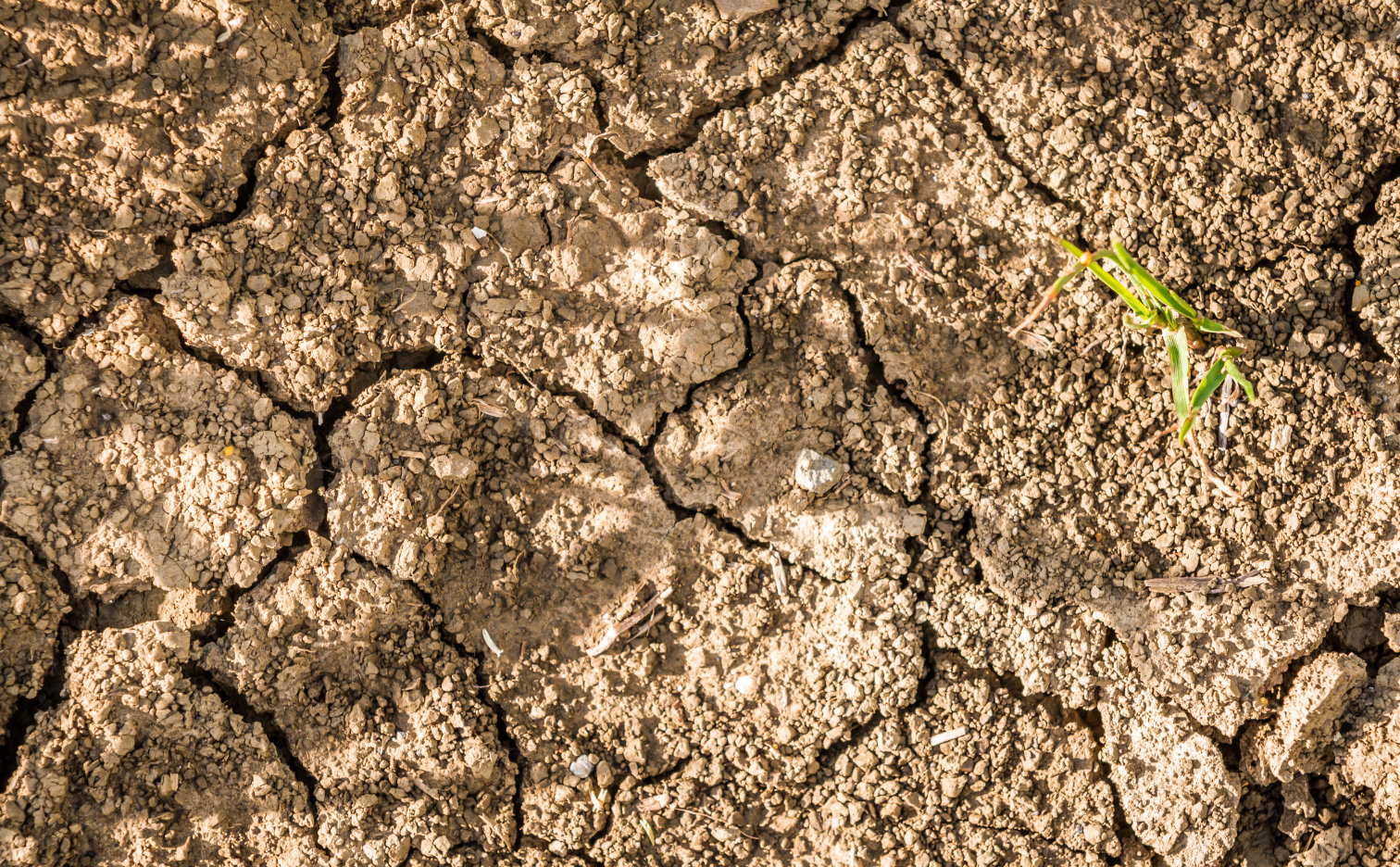In the last thirty years, Poland has seen an increase in the intensity of agricultural droughts, which is caused by climate change, on which agriculture is largely dependent. These changes are caused by the visible trend of increasing air temperature and decreasing precipitation during the year, which worsens the structure of the water balance, and as a result leads to a decrease in the size and quality of the crop. The agricultural drought monitoring system observes increasingly lower values of the climatic water balance, which means that the occurring periods of drought will be increasingly severe.
Agricultural drought is a serious economic and social problem that arises as a result of unfavorable environmental conditions, including primarily meteorological, hydrological and soil conditions. We can distinguish atmospheric drought (low water potential in the air), soil drought (low water potential in the soil) and physiological drought (salination causing a decrease in water potential in the soil). Each of the above types of drought can cause an imbalance in the water management of the plant and lead to a water deficit in cells and tissues, which in consequence can cause disturbances in the vital functions of plants, leading to inhibition of their growth and development, and in the case of long-term water deficiency, to the death of tissues.
A characteristic feature of cultivated plants, especially spring cereals, is their high sensitivity to water shortages, which occur when the plant’s water demand is not fully covered by precipitation and readily available water resources in the soil. Studies have shown that the highest sensitivity to water deficit occurs in the period from about ten days before the onset of earing until milk ripeness. In Poland’s climatic conditions, the most important factor limiting the yield of spring cereals is considered to be periods without precipitation, occurring especially in spring and early summer.
It is worth noting, that crops with good yields are important for agriculture, not just those that survive in conditions of limited water access.
To solve this problem, the innovative MicroActive™ and MacroActive™ formulas contained in DR GREEN fertilizers increase the efficiency of water use by crops, which is crucial for maintaining the level of yields and their further growth in the forecasted drought conditions. By effectively intensifying the growth and development of the root system and improving the quality and cross-section of conducting vessels, they improve the uptake and conduction of water from deep soil layers and the essential nutrients contained in it. In addition, the optimized elemental compositions of our fertilizers participate in the regulation of stomatal movements in the transpiration process, which leads to maintaining full cell turgor and firmness of plant tissues, which counteracts growth inhibition and yield decline in periods of water deficit.
